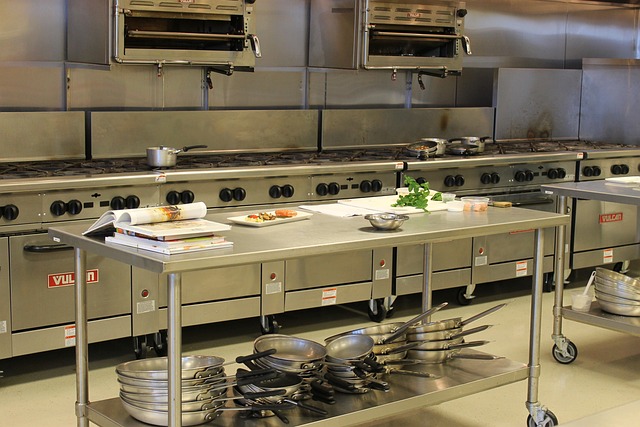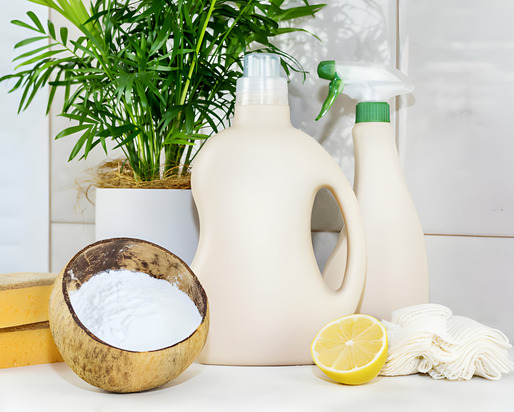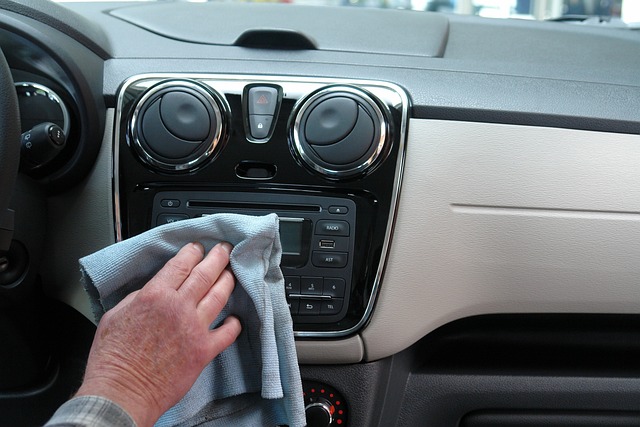When it comes to homeownership, there’s more to maintaining your castle than just a fresh coat of paint and a well-kept garden. Beneath the surface, hidden from view, lies a crucial but often neglected aspect of your home’s infrastructure: the septic system. This unassuming hero is responsible for the efficient and environmentally friendly management of your household’s wastewater. Neglecting its care can lead to expensive problems and disruptions in your daily life. In this comprehensive guide, we will unravel the intricacies of cleaning and maintaining your home’s septic system, equipping you with the knowledge to ensure its longevity and reliability.
Your septic system is a silent workhorse that deals with the waste we’d rather not think about. It’s time we give it the attention and care it deserves. In this guide, we’ll explore the inner workings of a septic system, dive into essential maintenance tasks, and provide you with a comprehensive understanding of what it takes to keep this vital part of your home functioning at its best.
So, whether you’re a seasoned homeowner looking for a refresher or a first-time homeowner embarking on this journey for the first time, our ultimate guide to cleaning and maintaining your home’s septic system is here to light the way.
Section 1: Understanding Your Septic System
Before we dive into maintenance and cleaning, let’s first understand how a septic system works. A septic system is a self-contained sewage treatment system that is typically used in homes not connected to a municipal sewer system. It consists of three main components:
- The Septic Tank: This is where the wastewater from your home initially goes. It separates solids from liquids. Bacteria in the tank break down organic matter.
- The Drainfield: After the wastewater is treated in the septic tank, it flows into the drainfield. This is a network of perforated pipes buried in the soil. The treated wastewater is released into the ground, where it is further purified.
- The Soil: The soil in the drainfield acts as a natural filter, removing harmful bacteria and contaminants from the wastewater.
Now that we understand the basic components of a septic system, let’s explore the key aspects of cleaning and maintaining it.
Section 2: Regular Septic Tank Pumping
One of the most critical aspects of septic system maintenance is regular septic tank pumping. Over time, solid waste accumulates in the tank, and if left unattended, it can lead to clogs and system failures. Here are the key points to consider:
- Frequency: Septic tanks need to be pumped every 3-5 years, depending on household size and usage. Larger households will require more frequent pumping.
- Professional Service: It’s essential to hire a professional septic tank pumping service. They have the equipment and expertise to do the job safely and efficiently.
- Inspection: During the pumping, the technician should inspect the tank for any signs of damage or leaks. Identifying issues early can save you from costly repairs down the road.
Section 3: Water Conservation
Conserving water is not only good for the environment but also for your septic system. Excessive water use can overload the system, leading to poor performance and potential backups. Here’s how you can practice water conservation:
- Fix Leaks: Repair any leaking faucets or toilets promptly. Even a small leak can add up to a significant amount of water waste.
- Install High-Efficiency Fixtures: Consider installing low-flow toilets and aerated faucets to reduce water consumption.
- Spread Water Usage: Avoid doing multiple loads of laundry in one day or taking long showers. Spacing out water usage can reduce the strain on your septic system.
Section 4: Be Mindful of What Goes Down the Drain
What you flush down the drain has a direct impact on your septic system’s health. To maintain your system effectively:
- Avoid Harsh Chemicals: Refrain from using chemical drain cleaners and antibacterial soaps, as they can disrupt the beneficial bacteria in the septic tank.
- Dispose of Chemicals Properly: Household chemicals, like paints and solvents, should be disposed of through a hazardous waste collection program, not down the drain.
- Limit Garbage Disposal Use: Excessive use of a garbage disposal can introduce more solid waste into your septic tank. Instead, compost food scraps or dispose of them in the trash.
Section 5: Protect Your Drainfield
The drainfield is a critical part of the septic system, and it’s essential to keep it functioning properly. Here’s how to protect your drainfield:
- Avoid Planting Trees Near the Drainfield: The roots of trees and large shrubs can infiltrate the drainfield, causing damage. Plant them at a safe distance.
- Avoid Parking or Heavy Structures: Do not park vehicles or build structures over the drainfield, as this can compact the soil and damage the pipes.
- Be Mindful of What You Plant: Grass is the best cover for the drainfield. Avoid planting deep-rooted plants that could damage the pipes or absorb too much water.
Section 6: Signs of Septic System Issues
It’s crucial to be aware of the signs that your septic system may be in trouble. Early detection can prevent costly repairs and system failure. Look out for these red flags:
- Slow Drains: If you notice that your drains are slower than usual, it could be a sign of a septic system issue.
- Odors: Foul odors in and around your home can indicate a problem with your septic system.
- Soggy Ground: A mushy or soggy lawn near the drainfield could be a sign of a failing system.
- Gurgling Toilets: Gurgling or bubbling toilets when you use other plumbing fixtures in the house can signal trouble.
Section 7: Septic System Inspections
In addition to regular pumping, periodic septic system inspections are vital. A professional inspection can identify issues early and prevent costly repairs. Here’s what you need to know:
- Frequency: It’s recommended to have your septic system inspected every 3 years. However, if you notice any of the signs mentioned above, consider an inspection right away.
- Professional Inspection: Only hire licensed and experienced professionals for the inspection. They should provide you with a detailed report and recommendations.
Section 8: Septic System Upgrades
In some cases, older septic systems may need upgrades to meet modern standards and regulations. Upgrades can enhance the system’s performance and extend its lifespan. Consider these upgrades:
- Adding a Filter: A septic tank filter can help trap smaller solids and prevent them from entering the drainfield.
- Aerobic Treatment Units: These units can be installed to provide additional treatment to the wastewater, making it cleaner before it enters the drainfield.
Conclusion
Your home’s septic system, although often out of sight, should never be out of mind. By taking the time to understand its components, implement regular maintenance routines, and be vigilant about what goes down the drain, you’re not just extending the life of your septic system; you’re investing in the health and well-being of your home and your family.
In our ultimate guide to cleaning and maintaining your home’s septic system, we’ve demystified the complexities of this vital infrastructure. From regular pumping to water conservation, from being mindful of what enters your system to recognizing the signs of trouble, we’ve equipped you with the knowledge and tools to be a responsible steward of your septic system.
Remember, a well-maintained septic system doesn’t just ensure the smooth functioning of your household; it safeguards your environment, your finances, and your peace of mind. It’s a small investment in the grand scheme of homeownership that yields substantial returns in terms of comfort, safety, and the preservation of our planet. So, go forth with this knowledge, and let your septic system continue to work its silent magic, ensuring that your home remains a haven of comfort and functionality for years to come.














